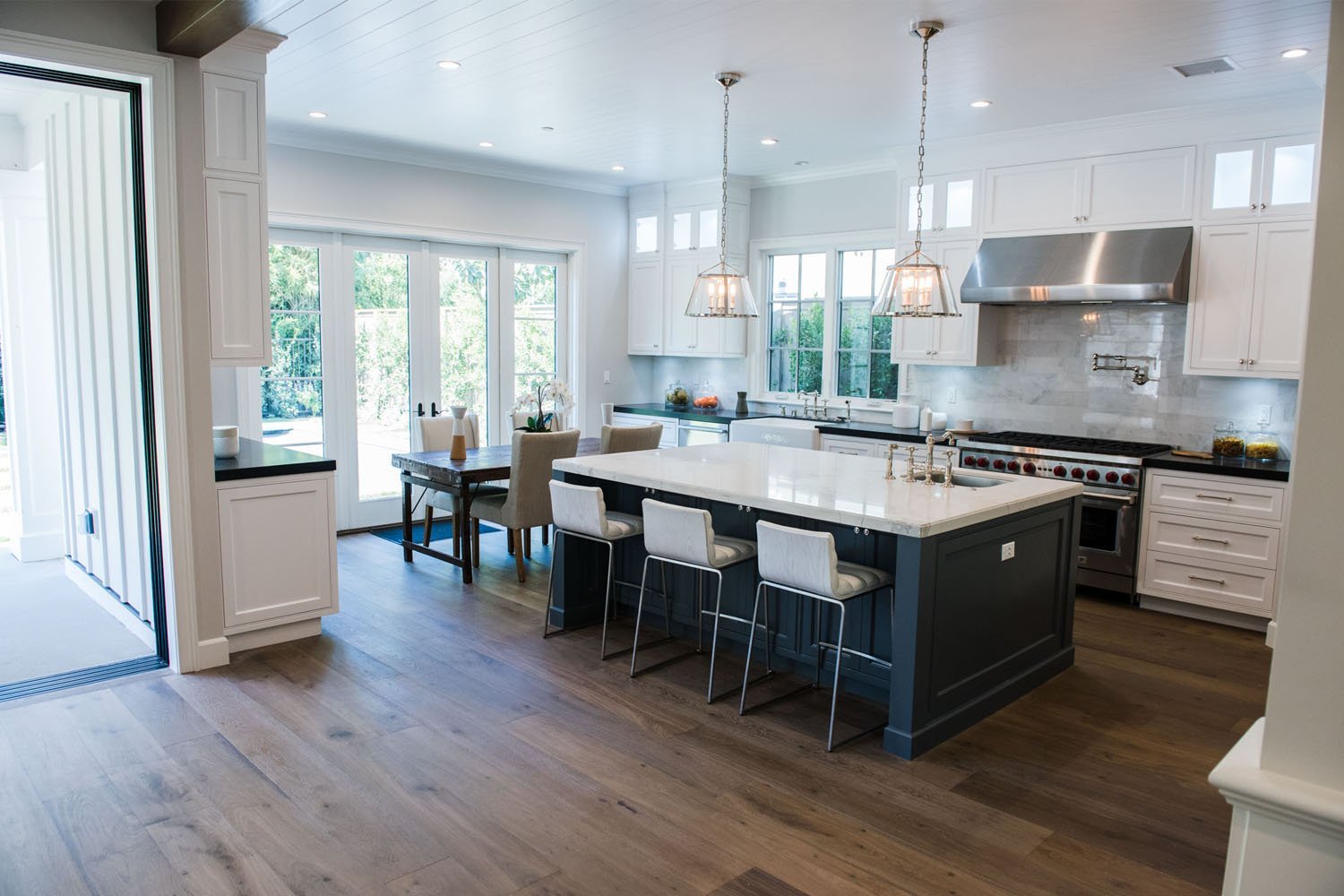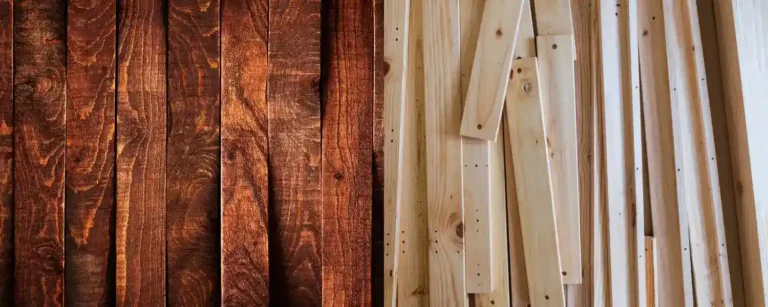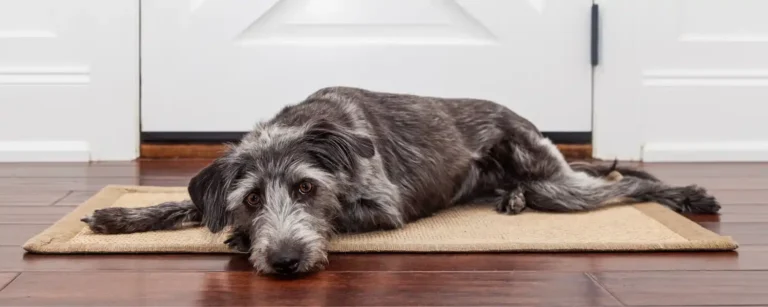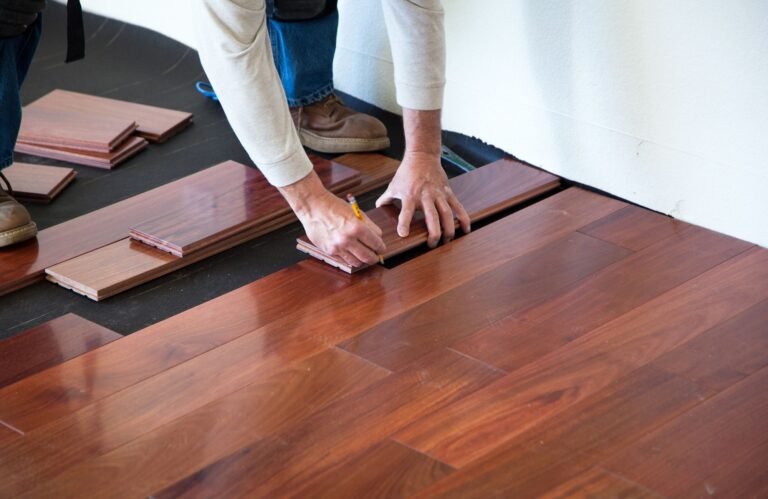Engineered Hardwood vs Hardwood
When choosing between engineered hardwood vs hardwood, homeowners and designers face a dilemma, weighing the timeless appeal of traditional flooring against the practicality of modern alternatives. In flooring options, people have admired hardwood’s timeless appeal, durability, and natural aesthetics. Yet, with technological advancements and a growing emphasis on sustainability, engineered hardwood has emerged as a viable option. This blog will explore the differences between these popular flooring choices.
What is Engineered Hardwood?
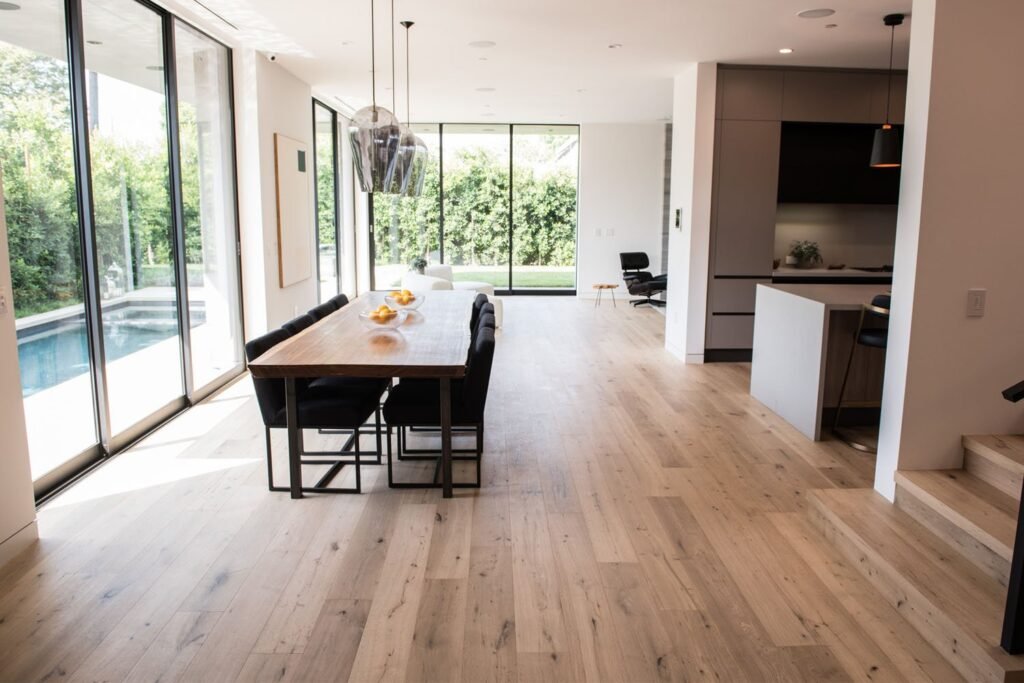
Engineered hardwood is a versatile and popular flooring option that combines the timeless appeal of natural hardwood with enhanced durability and stability. Unlike traditional solid hardwood flooring, made from a single piece of wood, engineered hardwood consists of multiple layers bonded together.
Explore further about engineered hardwood flooring in our comprehensive post, “What is Engineered Hardwood Flooring?“
Composition of Engineered Hardwood
The engineered hardwood comprises 3 layers: the top veneer layer, core layer, and bottom layer. The veneer layer gives the flooring its authentic appearance and can be sanded and refinished. Beneath the top veneer layer is the core layer, which consists of composed plywood or high-density fiberboard (HDF). These core layers are cross-layered and glued together, providing structural stability and resistance to moisture and temperature fluctuations. The bottom layer is a balancing agent, adding further stability to the engineered hardwood flooring.
What is Hardwood?
Hardwood flooring is a classic and timeless option, cherished for its natural beauty, durability, and long lifespan. It is milled from a single piece of timber, presenting a solid and authentic wood surface. Crafted from solid natural wood planks, it differs from engineered hardwood, which consists of multiple layers. Hardwood floors look natural and last for generations because we can refinish them numerous times.
Composition of Hardwood
Solid hardwood is entirely wood. We get each plank from timberwood trees such as oak, maple, cherry, walnut, and hickory. These trees provide the characteristic warmth, authenticity, and unique grain patterns associated with this flooring type. The planks’ thickness contributes to the hardwood floor’s longevity, as it can be sanded and refinished over the years.
The Major Differences
| Parameters | Engineered Hardwood | Hardwood |
| Appearance and variety | Wide range of options | Limited variety available |
| Installation Process | Can be glued, stapled, or floated | Requires nailing or stapling |
| Installation Location | Suitable for both basement and above-ground level | Suitable for above-ground level only |
| Durability and Lifespan | Life span of 20 to 30 years | The lifespan of almost 100 years |
| Moisture Resistance | More resistance to moisture | Less resistance to moisture |
| Cost | Generally more affordable | Higher initial cost |
| Care and Cleaning | Requires regular cleaning | Similar care to engineered hardwood |
| Sizes | Available in various widths and lengths | Limited sizing options |
| Maintenance and Refinishing | Can be sanded and refinished multiple times | Limited refinishing due to thinner wear layer |
| Environmental Impact | Uses less natural wood, often made from sustainable sources | Requires more natural wood, potential environmental concerns |
Continue reading this blog to understand the differences in detail.
1. Appearance and Variety
Engineered Hardwood
Engineered hardwood is a versatile flooring option that provides many choices in appearance and variety. It can imitate different wood species with outstanding precision and reproduce the look of rare or exotic woods that may be challenging or expensive to obtain in solid hardwood form.
Hardwood
Although hardwood has limited variety, it offers exceptional authenticity and warmth that many homeowners value. Each hardwood plank is unique, showcasing the grain patterns, knowledge, and natural imperfections that contribute to its charm.
2. Installation Process
Engineered Hardwood
We can install engineered hardwood using different methods, such as gluedown, stapledown, and floating. These options make engineered hardwood suitable for both professional installation and DIY projects.
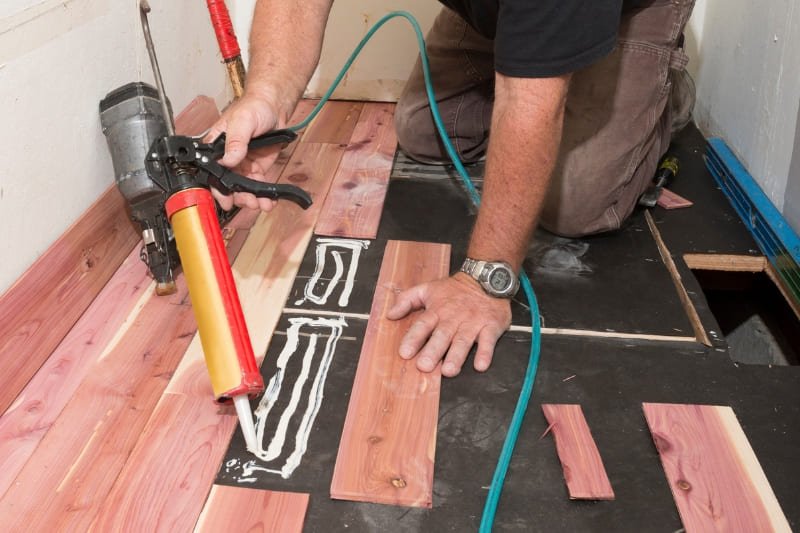
Check out our other blog for the installation process, “Engineered Hardwood Flooring Installation Made Easy“
Hardwood
Installing solid hardwood floors requires more expertise and specialized tools than engineered hardwood. Solid hardwood planks are usually nailed or stapled to a wooden subfloor, so careful planning and precision are necessary to ensure a secure and stable installation.
3. Installation Location
Engineered Hardwood
The enhanced dimensional stability of engineered hardwood makes it suitable for installation in various environments, including above or below ground level. Its resistance to moisture and temperature allows for installation in areas where solid hardwood is not advisable.
Hardwood
Solid hardwood is best used only above ground level since it is susceptible to moisture and temperature changes. We don’t recommend solid hardwood in high humidity or high moisture levels. Although we can install solid wood in various rooms, maintaining its structural integrity and aesthetic appeal requires careful maintenance and moisture management.
4. Durability and Lifespan
Engineered Hardwood
Engineered hardwood comprises multiple layers of wood veneers bonded with a strong core material. This construction enhances its resistance to warping, twisting, and shrinking, making it more resistant to moisture and temperature fluctuation than solid hardwood.
Learn more about the durability of Engineered Hardwood Flooring in our comprehensive post, “How Long Does Engineered Hardwood Last?”
Hardwood
Solid hardwood is renowned for its durability and longevity when properly maintained. Its construction offers exceptional strength and resilience to wear and tear. While solid hardwood may be more sensitive to moisture-related issues, it can last for generations with proper moisture management.
5. Moisture Resistance
Engineered Hardwood
Due to its layered construction, engineered hardwood is more moisture-resistant than solid hardwood. This inherent moisture resistance makes it suitable for installation in areas with higher humidity levels. However, engineered hardwood is not entirely waterproof, so promptly addressing spills is essential to prolong its durability.
Hardwood
Solid hardwood is more susceptible to moisture-related issues such as warping, cupping, or buckling. Since it consists of a single piece of wood, it naturally expands and contracts with changes in atmospheric conditions. It’s crucial to avoid installing solid hardwood in areas prone to water exposure.
6. Cost
Engineered Hardwood
Engineered hardwood is generally more cost-effective and offers a range of price points to accommodate different budgets. Manufacturers produce engineered hardwood using less expensive core materials and a thin layer of real wood veneer, resulting in a more affordable flooring option than solid hardwood. Additionally, engineered hardwood’s ease of installation can contribute to cost savings for homeowners who opt for DIY installation rather than hiring professional installers.
Explore the cost of Engineered Hardwood Flooring in our comprehensive article “How much does Engineered Hardwood Flooring Cost?“
Hardwood
Solid hardwood is typically more expensive due to its premium quality and natural authenticity. The costs vary depending on the wood species, grade, plank width and finish the homeowner selects. Additionally, hardwood requires professional installation, which increases the overall cost.
7. Care and Cleaning
Engineered Hardwood
Proper maintenance is essential to ensure your engineered hardwood stays beautiful and lasts long. Regular cleaning, like sweeping and mopping, is important. Refrain from excessive water or harsh cleaners, which can damage the wood. Use felt pads under furniture legs and area rugs in high-traffic areas to prevent scratches and dents.
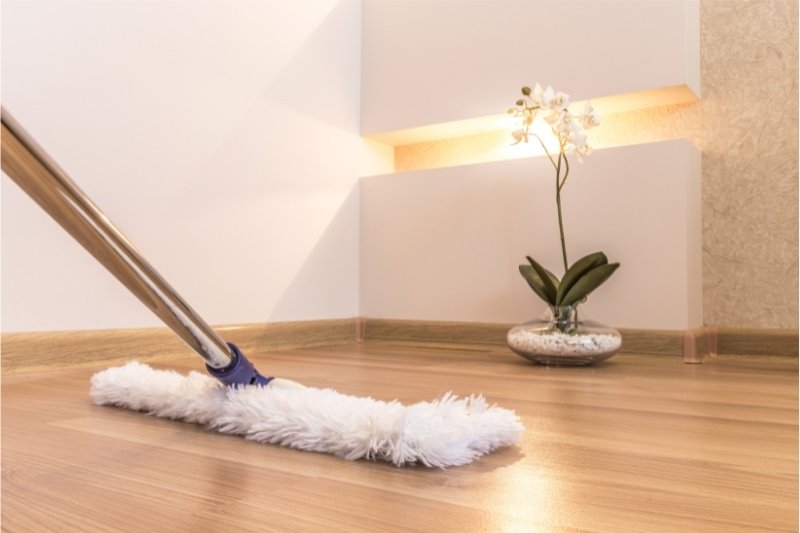
Learn more about the cleaning techniques of Engineered Hardwood Flooring in our comprehensive article “How to Clean Engineered Hardwood Floors“
Hardwood
Solid hardwood floors, like engineered hardwood, require regular care to retain their beauty and durability. Start by sweeping or vacuuming to remove any dirt particles, then use a damp mop with hardwood floor cleaner or mild detergent and water to clean the surface. Quickly clean spills and avoid prolonged moisture exposure to prevent warping or staining. Use furniture pads and area rugs in high-traffic areas to prevent scratches and preserve the surface.
8. Sizes
Engineered Hardwood
Engineered hardwood comes in a wide range of sizes, including various widths and lengths, to meet different design preferences and installation requirements. The board can be as wide as 7 inches. The lengths of the boards range from 12 to 60 inches, giving you more options to customize your flooring design to fit the unique dimensions and layout of each room in your house. The diverse sizing options of engineered hardwood make it a flexible and versatile solution for any home.
Hardwood
Solid hardwood flooring typically comes in standard sizes with limited customization options. The standard size for hardwood flooring planks is 3/4 inches thick and 2 1/4 inches wide and can vary in length from 12 to 84 inches. Although solid hardwood may offer some variation in plank lengths, the sizing options are generally more standardized than the engineered hardwood.
9. Maintenance and Refinishing
Engineered Hardwood
Engineered hardwood floors can be sanded and refinished multiple times, depending on the thickness of the real wood veneer layer. The top wear layer of engineered hardwood is typically thinner than that of solid hardwood, so it is important to avoid excessive sanding to prevent exposing the underlying core material. Proper care and maintenance can restore their appearance and extending lifespan.
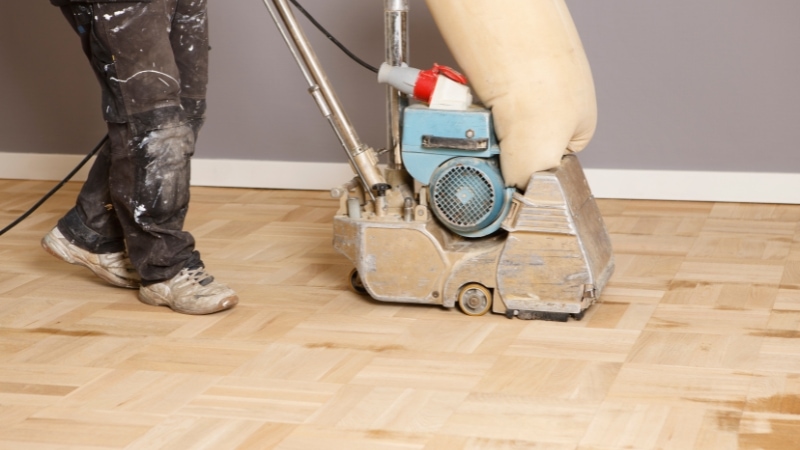
Hardwood
Solid hardwood floors are well-known for their longevity and durability. Thanks to their thick wear layer, they can be sanded and refinished multiple times throughout their lifespan. The layer of solid hardwood also allows deeper sanding to remove scratches, surface imperfections, and stains, revealing a fresh layer of wood underneath. Solid hardwood floors require less frequent refinishing than engineered hardwood, mainly due to its thicker wear layer.
10. Environmental Impact
Engineered Hardwood
The environmental impact of engineered hardwood flooring is relatively lower when compared to solid hardwood flooring. The thin top layer of the veneer minimizes the amount of lumber needed. This optimized utilization of wood resources helps reduce deforestation, thereby conserving forests and their ecosystem
Hardwood
Solid hardwood flooring has a greater environmental impact than engineered hardwood due to the extensive use of natural wood resources. Producing solid wood requires using a larger amount of natural wood resources. As a result, mature trees are removed from forests, which can disrupt ecosystems and contribute to habitat disturbance for wildlife species.
Which is Better? Engineered Hardwood Vs Hardwood?
Both engineered hardwood and traditional hardwood have advantages. However, engineered hardwood usually offers more advantages, making it a preferred choice for many homeowners. Engineered hardwood is a more versatile installation option. It suits areas with fluctuating humidity levels or below-grade applications like basements. Its layered construction provides enhanced stability, making it less likely to warp or cup than solid hardwood.
Moreover, engineered hardwood is more cost-effective and offers a wider range of appearances and varieties. Although both options have their strengths, the practicality, durability, and cost-effectiveness of engineered hardwood often make it a preferable choice for those seeking the beauty of hardwood flooring. Ultimately, the decision between engineered hardwood and traditional hardwood depends on individual preferences, budget, and specific requirements for the installation location.
Choosing Wisely: Engineered Hardwood or Solid Hardwood
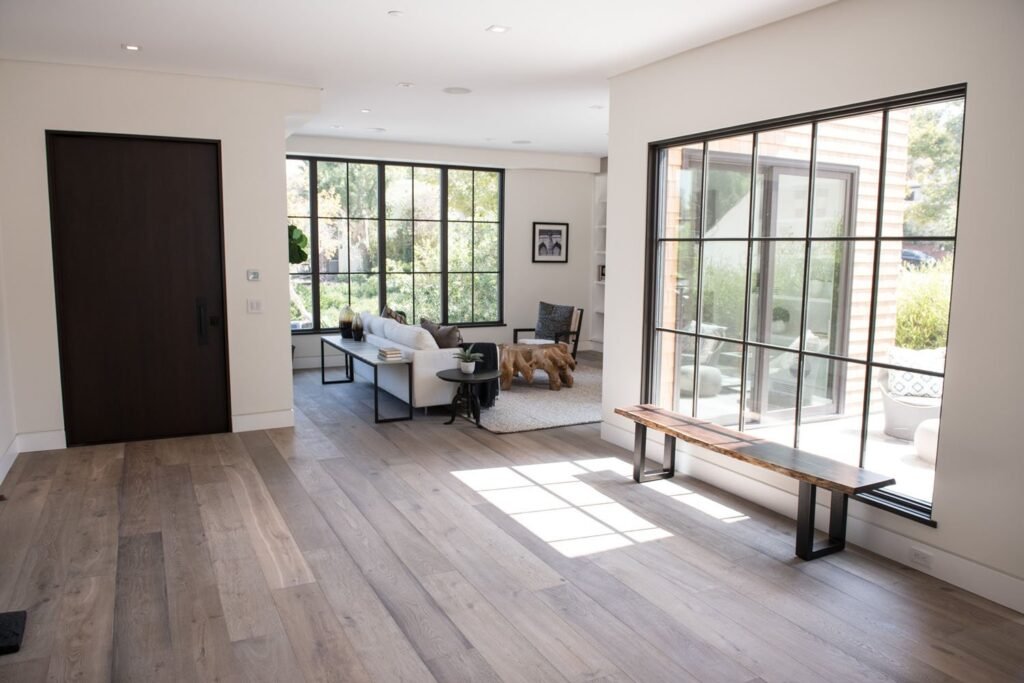
The debate between traditional hardwood flooring and engineered hardwood has become increasingly relevant as homeowners and designers seek the perfect flooring option. While both have unique characteristics, engineered hardwood offers distinct advantages regarding versatility, durability, and environmental sustainability. Engineered hardwood combines the timeless appeal of natural wood with enhanced stability and moisture resistance, making it suitable for a wide range of environments and installation locations. Its cost-effectiveness and wide variety of options make it a practical choice for homeowners looking to enhance their spaces’ beauty with the wood flooring’s warmth and authenticity.
At Villagio Wood Floors, we understand the importance of providing high-quality flooring solutions that meet the diverse needs of retailers and customers. Our collection of engineered hardwood flooring offers a wide range of appearance, variety, and sizing options, making it ideal for residential and commercial projects. We are dedicated to providing flooring options that enhance your home’s beauty and provide a healthier environment for future generations.
engineered hardwood vs hardwood – FAQs
What are the Disadvantages of Engineered Hardwood?
While engineered hardwood offers several advantages, its major drawback is that it may have a shorter lifespan than solid hardwood, especially if the top veneer layer is thin.
How Long Does Engineered Hardwood Last?
The lifespan of engineered hardwood can vary depending on factors such as the quality of the product, the thickness of the top veneer layer, and the level of maintenance. Generally, a well-maintained engineered hardwood floor can last 20 to 30 years.
Is Engineered Wood Waterproof?
Engineered hardwood is not waterproof, and excessive water exposure can damage it. However, its layered construction provides some resistance to moisture compared to solid hardwood.
Is Engineered Hardwood Real?
Yes, engineered hardwood is real wood. Manufacturers produce it from layers of real wood veneer bonded with a core material, such as plywood or high-density fiberboard (HDF). The top layer of engineered hardwood is composed of genuine hardwood veneer, providing the same natural beauty and aesthetic appeal as solid hardwood.
How Thick is Engineered Hardwood?
The thickness of engineered hardwood may differ based on the manufacturer and product specifications. Typically, the thickness of engineered hardwood can range between 3/8 to 3/4 inch. The top veneer layer, the visible layer of genuine hardwood, is usually around 1/16 to 1/8 inch thick.
Why is Engineered Wood Cheaper?
Engineered wood is often cheaper than solid hardwood for several reasons. Firstly, it uses less expensive core materials, such as plywood or HDF, than solid hardwood. Secondly, the manufacturing process of engineered wood allows for greater efficiency and utilization of wood resources, which reduces waste and production costs.

